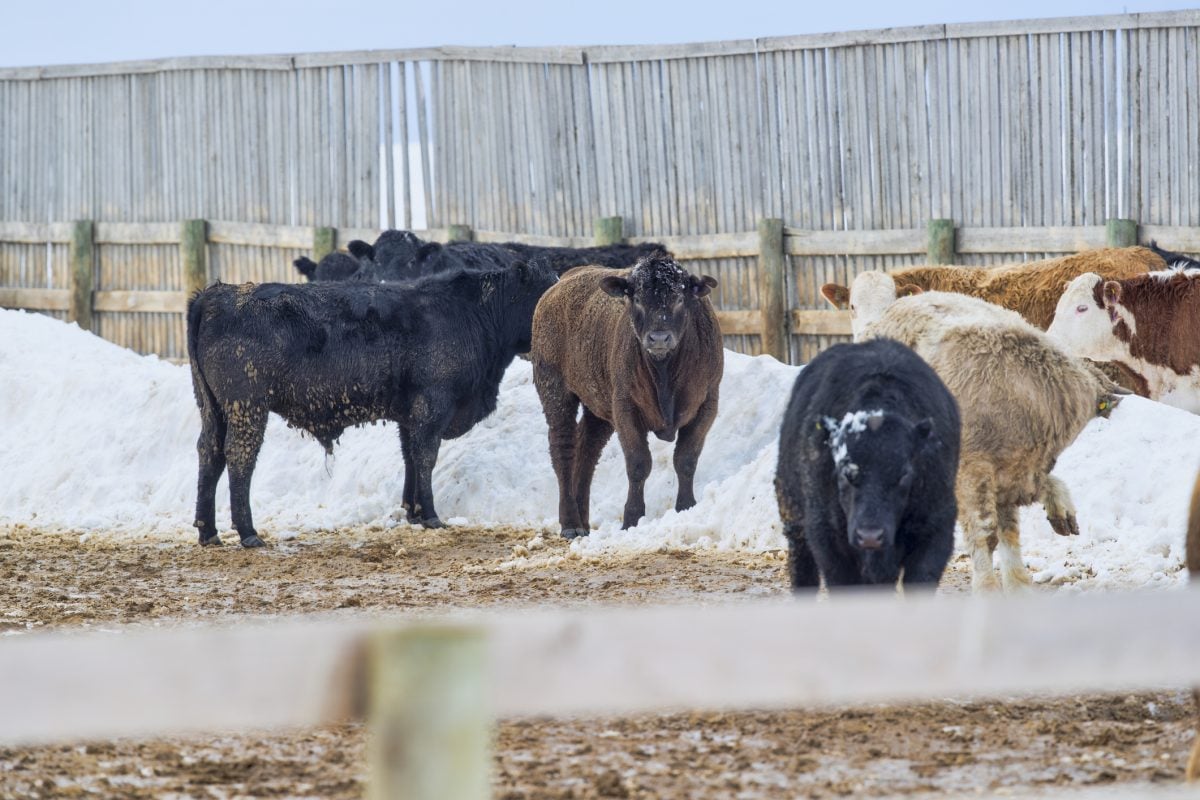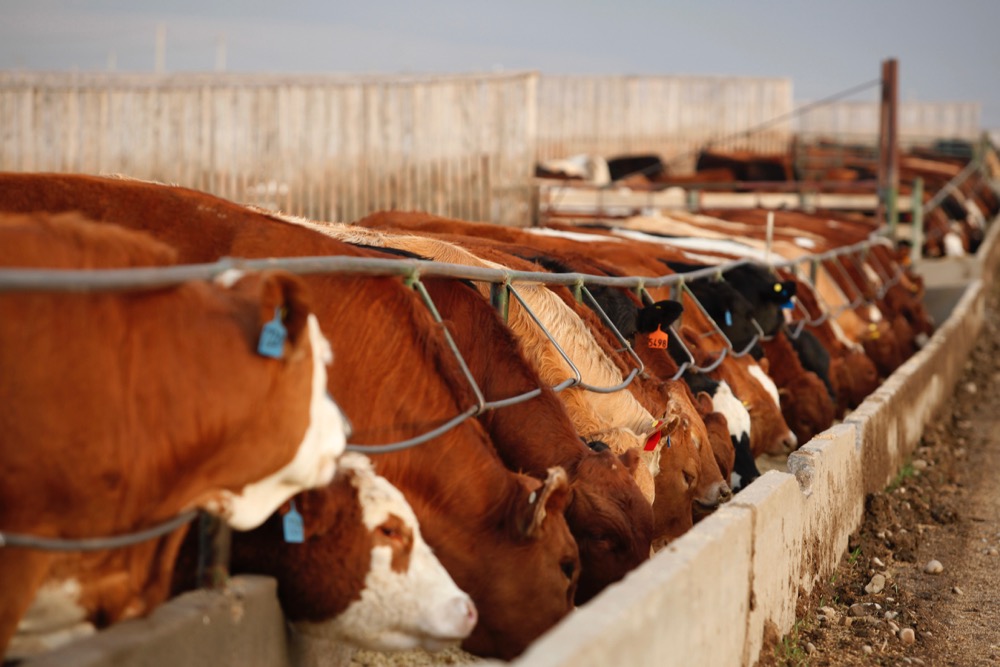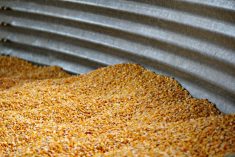MarketsFarm — Solid demand from cattle feeders and ongoing logistic issues across the Prairies should keep a firm undertone in the feed grain market for the time being, according to an Alberta broker.
“The feed market has definitely moved higher,” said Brandon Motz of CorNine Commodities at Lacombe, Alta., adding “demand is strong through feedlot alley.”
Pens were full and demand was high, he noted. Meanwhile, grain supplies may be plentiful, not necessarily in the key feeding area of southern Alberta.
“We’re going further to get it,” he said. With the resulting increase in freight costs, farmers also expect to see better prices.
Read Also

Klassen: Feeder market poised to strengthen
There were no feeder cattle sales in Western Canada for the week ending January 3. However, there were some sales…
“In terms of volume available, there no reason for [prices] to go higher,” said Motz, “but in terms of logistics, there probably is a potential for more upside in the market.
Current bids are in the $228-$232 zone for feed barley delivered into Lethbridge. Feed wheat is priced at roughly $223-$226 per tonne, according to Motz.
Weather conditions have been generally mild for much of the winter so far and have not influenced the feed market to a large extent — but colder temperatures and snowfall across much of Western Canada this week may lend some extra support to prices.
“Anytime you get a cold weather blast, you run into logistical troubles,” Motz said, adding “we have a lot of winter ahead of us.”
— Phil Franz-Warkentin reports for MarketsFarm, a Glacier FarmMedia division specializing in grain and commodity market analysis and reporting.















